Survey finds more than 560 wallabies living wild
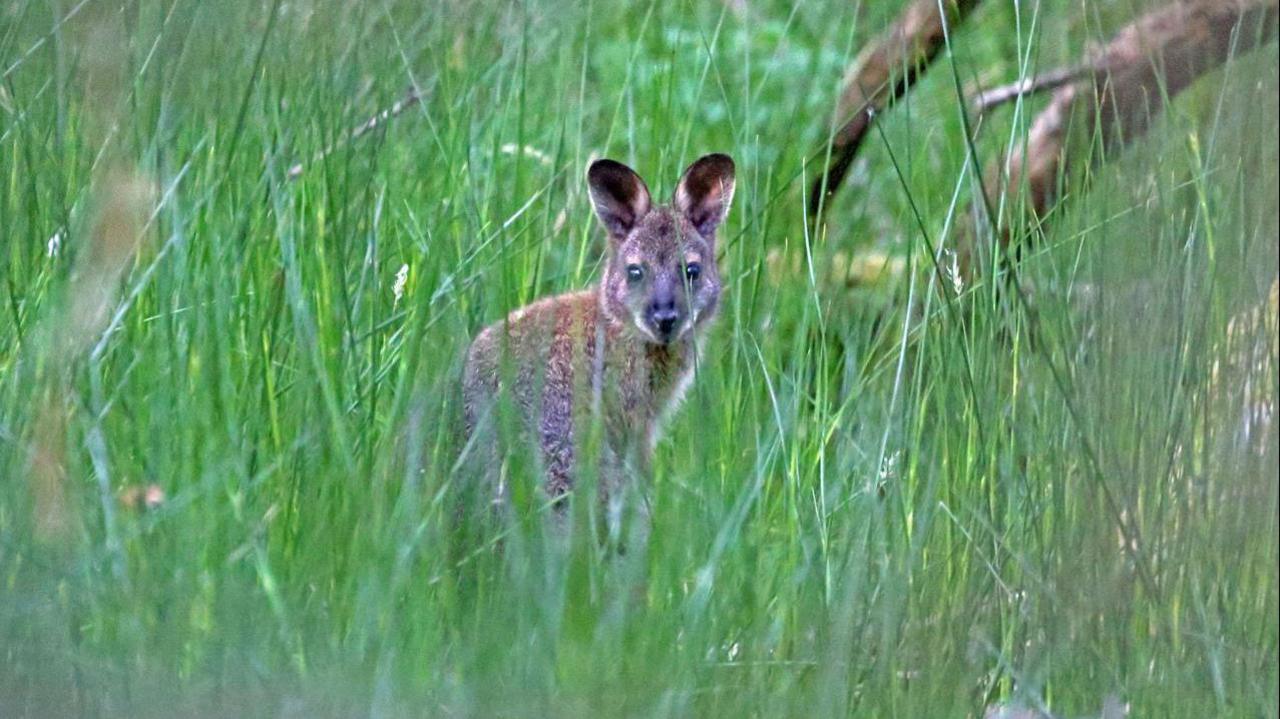
It is the first time the wallabies have been officially counted
At a glance
More than 560 wallabies were spotted using drone technology
The population has grown since they escaped from a wildlife park in the 1960s
The survey covering 88 acres (400 hectares) is the first of its kind
Data is set to assist the Manx Wildlife Trust assess the impact of the animals
- Published
There are more than 560 wallabies living in the north of the Isle of Man, a survey has found.
The number of animals in the Ballaugh Curraghs area has grown since several escaped from a nearby wildlife park in the 1960s.
Previous estimates suggested more than 100 of the marsupials were living wildly, but a new survey has uncovered a much larger number.
The data will be used by the Manx Wildlife Trust (MWT) to assess the impact of the animals on the local environment and how to manage the population.
The census project, carried out in January, tracked the animals over 988 acres (400 hectares) using thermal imaging technology mounted on a drone.
The two surveys, which were carried out over consecutive nights, found 140 of the animals per 0.38 sq miles (1 sq km).
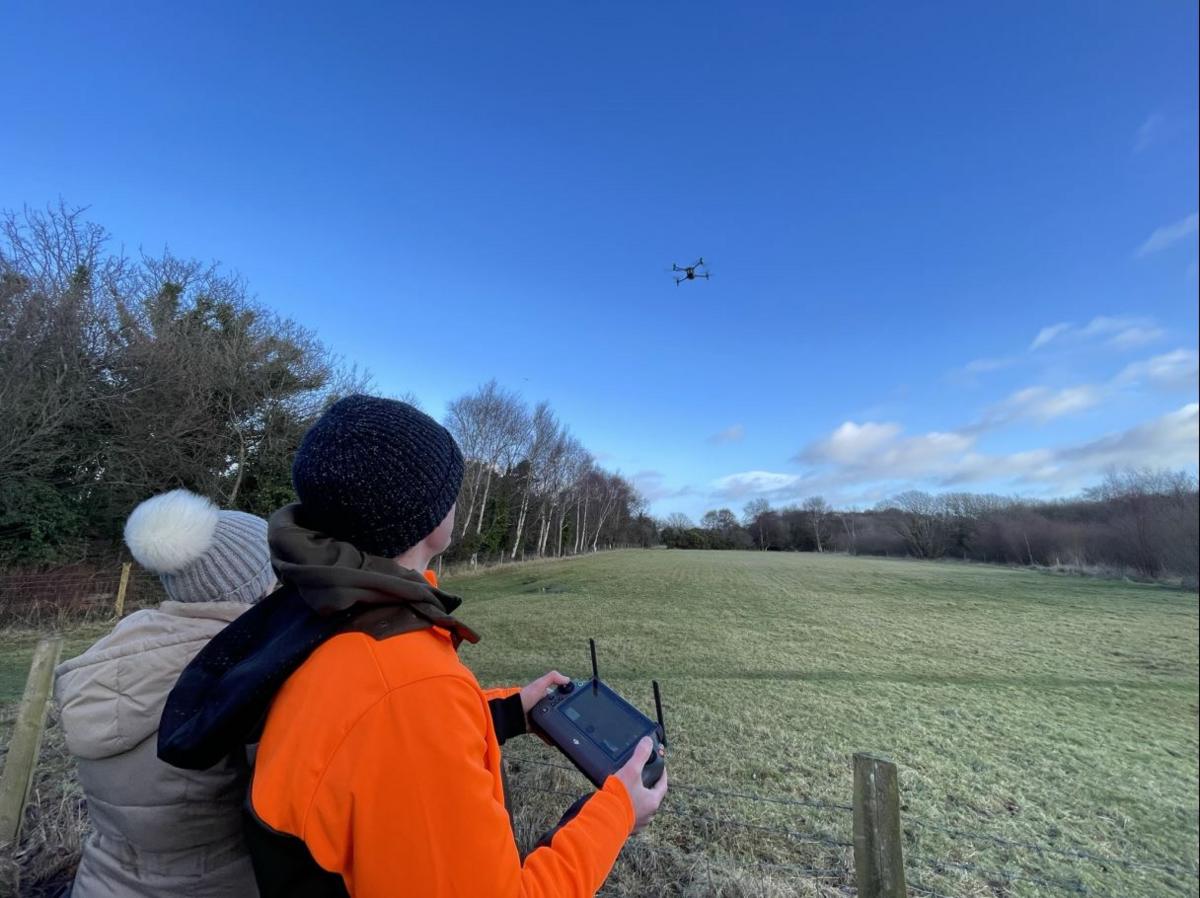
The animals were tracked using a thermal imaging camera mounted on a drone
Ben Harrower of BH Wildlife Consultancy said the results of the survey were "really eye opening".
"The wallaby population at this site is into the several hundreds and they appear to be doing very well in this habitat," he said.
It would now be "interesting to look at the impacts that they are having", he added.
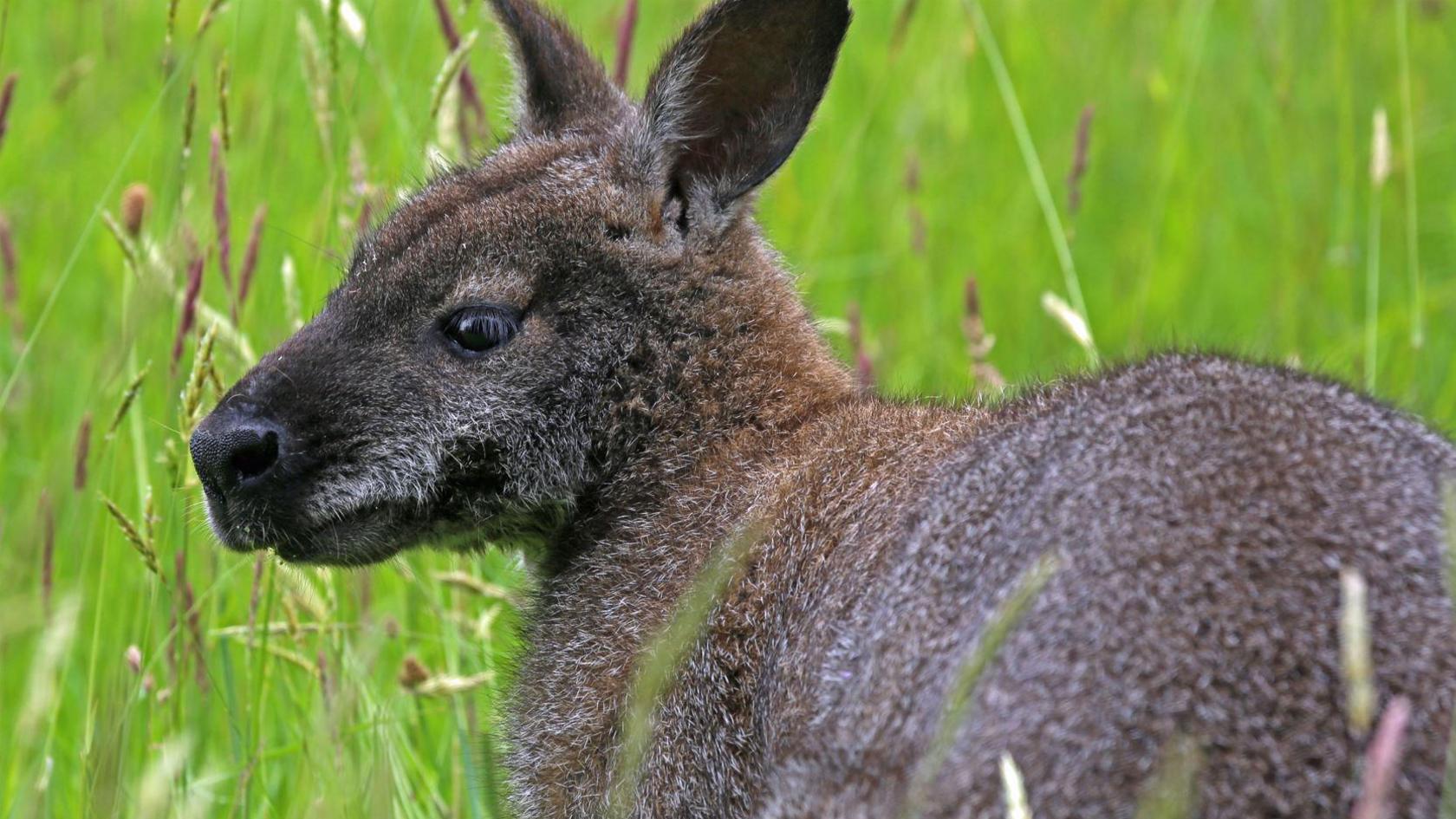
Wallabies have been living in the wild on the Isle of Man for several decades
MWT chief executive Leigh Morris said the chairty was "100% confident in the numbers".
"I was personally astounded at the number we counted," he said, adding: "There were far more then we were expecting."
The results of the work have already been shared with the Department of Environment, Food and Agriculture, Manx National Heritage and Manx farming and conservation organisations.
Why not follow BBC Isle of Man on Facebook, external and Twitter, external? You can also send story ideas to IsleofMan@bbc.co.uk
- Published15 April 2022
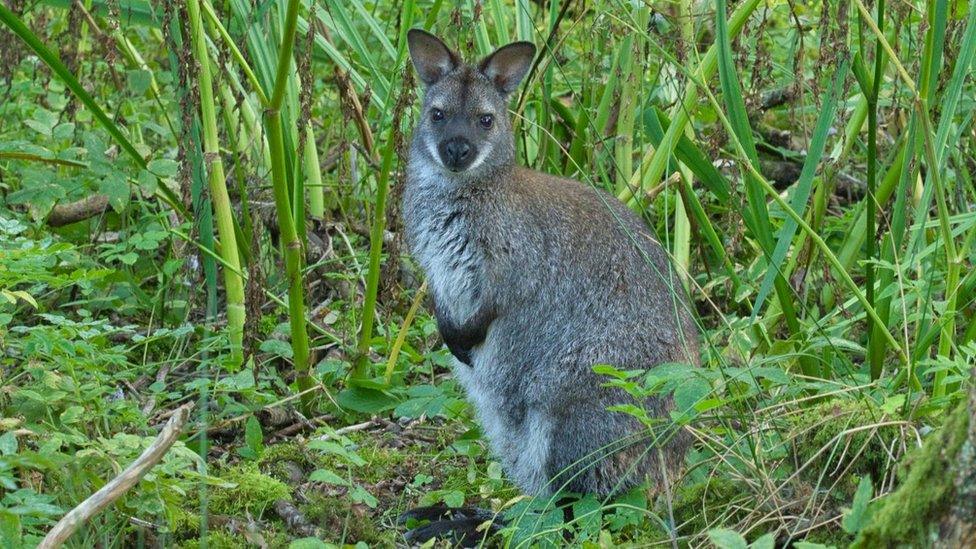
- Published30 March 2022
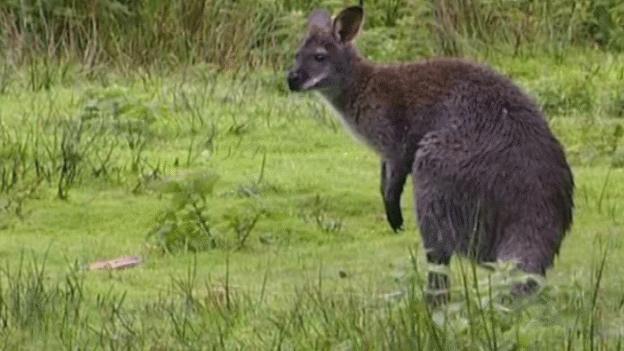
- Published17 September 2014